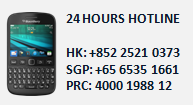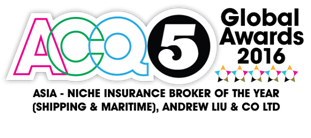Salmonella in soya beans
| It appears that grain cargoes, especially soya bean meal shipped from South American ports to Europe, can fall foul of European regulations on contamination by salmonella. Claims are being brought by receivers for costs including transporting, storing and re-conditioning allegedly contaminated cargo. Salmonella are rod-shaped bacteria commonly found on raw egg shells, in poultry and in red meat. The bacterium can cause several diseases, ranging from typhoid fever to gastroenteritis, and it can be transmitted through the ingestion of contaminated food or water. It is possible that grain cargoes can be contaminated prior to loading. Birds and rats may be present at storage facilities and it is likely that the main source of contamination is contact with such animals and their excrement. Contamination may also occur during transportation from silos to the ports if the grain is loaded on vehicles which previously carried animals or animal products. How to avoid claims The best defence to salmonella contamination claims is for the shipowner to be able to demonstrate that the ship could not have been the source of contamination. As always the carrier must be able to demonstrate due diligence to make the holds cargoworthy and that the cargo was carried carefully. The cargo should be inspected by the master so that matea€?s receipts and bills of lading can describe the cargo in apparent good order and condition. Hold cleaning must be to a very high standard and a preloading hold survey might be considered. Rat guards should be in use and in good condition. The ship must have a valid de-ratting certificate a€“ or even consider renewal at time of loading. At the discharge port consider a hatch-opening survey or, if necessary, discharge the cargo under survey. In all cases where a third party surveyor is employed they should be instructed to take and retain sealed samples of the cargo. A 'salmonella-free' certificate issued at the load port may prove counterproductive in the event of salmonella contamination being alleged at the discharge port as it might indicate that the cargo was salmonella free prior to loading so it must have been infected while on the ship. Source : NE P&I SIGNALS Issue 62 |





